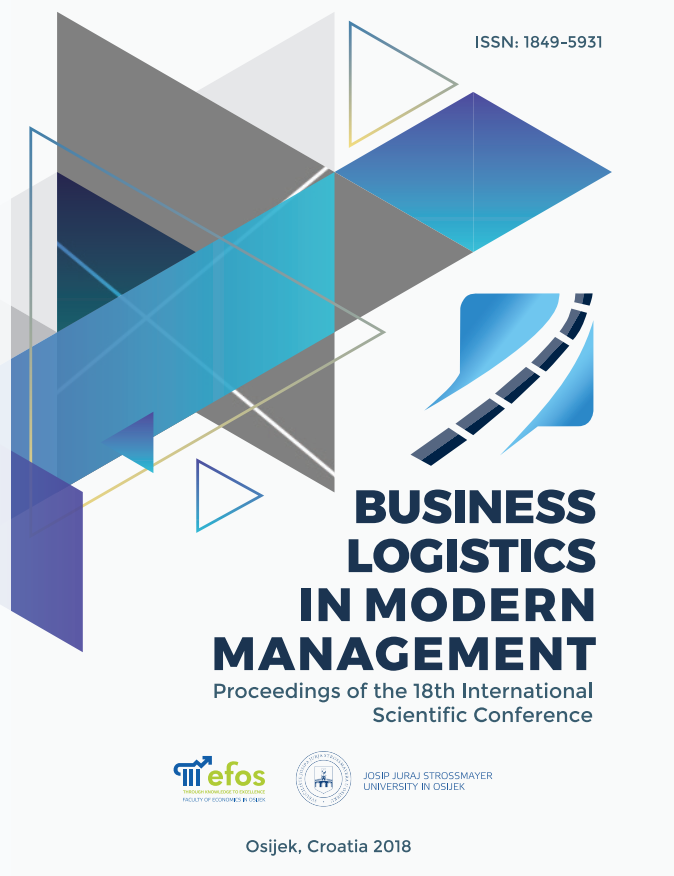MODERN FORMS OF SUPPORTING BUSINESS DECISIONS IN LOGISTICS
Abstract
From the beginning of the twenty-first century the increase of big data popularity in the world is noticeable. The development of technology and its availability along with the amount of information allows for quite easy data analysis. Not only the time of decision making is of profound importance in logistics, but also the rightness of these decisions. Managers using aggregated data should be able to make analysis quickly, correctly and effectively. It can be done by dint of visualization forms. The article aims to demonstrate the factors that determine the choice of visualization and simulation forms by managers in enterprises. The impact of visualization and simulation methods on solving decision problems in logistics companies is intriguing. This article has been prepared on the basis of surveys and interviews with managers of such enterprises. The main drive to investigate the issue is the willingness to verify when, for whom, for what purpose and what forms of visualization and simulation are actually used in enterprises. During every day work, logistics managers have to face such problems as cost reduction, revenue increase, waste elimination, planning future activities as well as processes optimization. Such problems include, among others, minimizing empty kilometres, maximizing loading space on trucks, selecting locations for distribution centres, defining optimal delivery routes as well as developing faster and cheaper solutions for transport, storage and complementation of goods. During the research project we tried to find out when enterprises decide to use such tools as tables, charts, maps and simulations in the problem solving processes. Last but not least, the above mentioned research study may constitute a drive for further development of visualization solutions as well as presenting the possibility of visualization and simulation, which indisputably enhance process optimization. Additionally, the article attempts to investigate which technical facilities and environment determine the need to use data visualization and simulation by logistics managers.
Key words: Visualisation, Logistics, Transport, Simulation, Management

